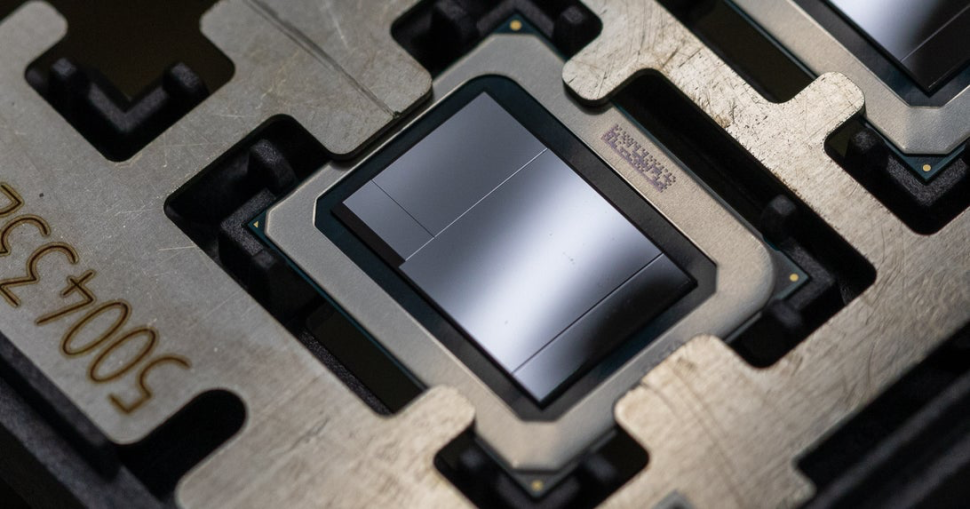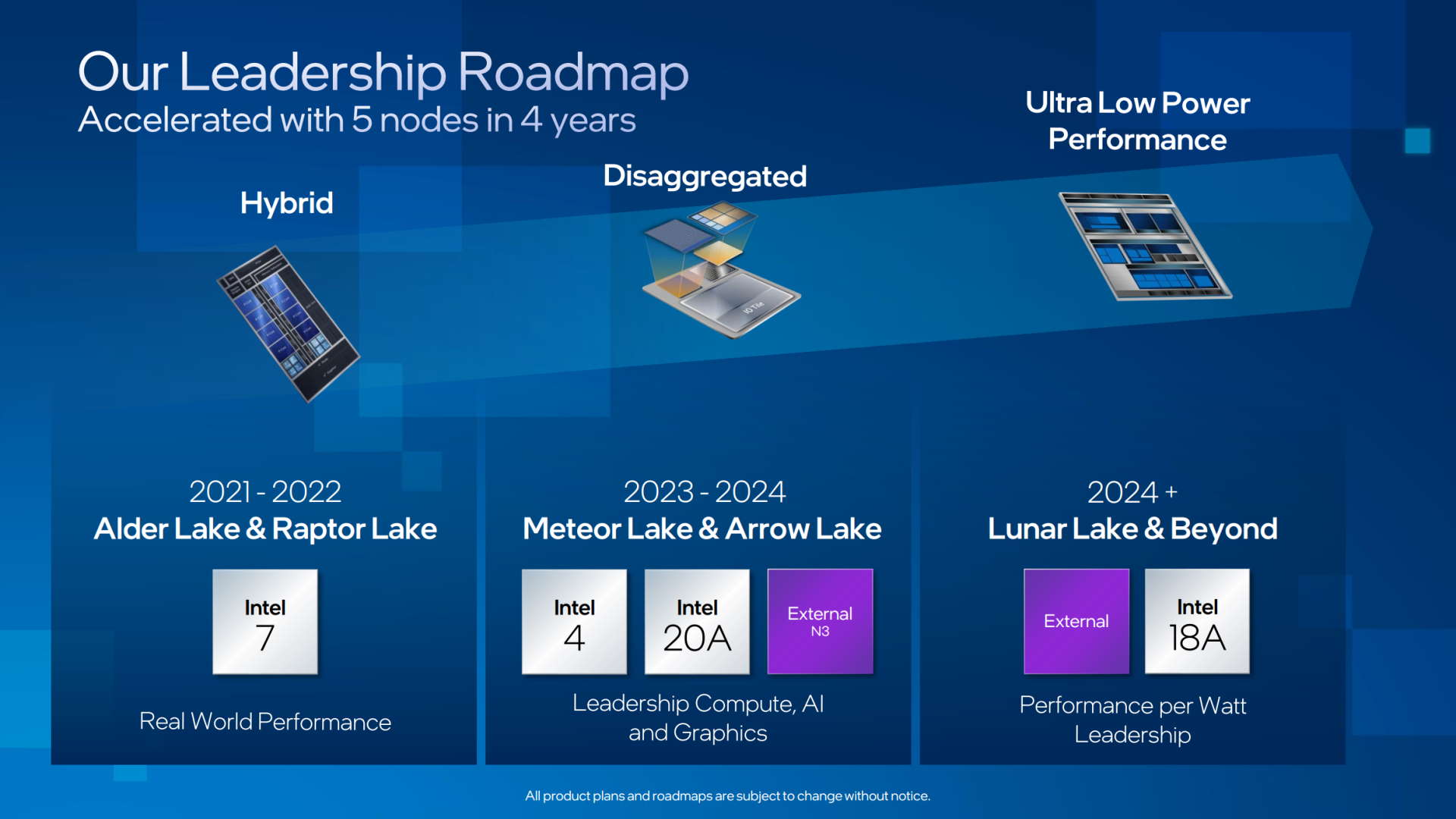Intel Meteor Lake appears to be dropping back to six performance cores, but don't panic
Meteor Lake won't be competing at the very high-end.

Shock news doing the rounds last week suggested Intel's upcoming Meteor Lake CPU will drop down to just six Performance-cores from the eight seen in both Alder Lake 12th Gen and current Raptor Lake 13th Gen chips.
Due next year, Meteor Lake will be the first of a brave new dynasty of chiplet-based CPUs where the CPU cores, the graphics core and IO functionality will each be given their own separate die or "tile" in Intel parlance. Meteor Lake will also be the first CPU to use Intel 4, the process node formerly known as 7nm.
Intel 4 will exclusively be used for Meteor Lake's CPU cores, with the GPU die manufactured by TSMC in Taiwan and the IO tiles produced on a cheaper legacy process at Intel. It's a mix 'n' match approach with Intel reserving its most advanced manufacturing tech for where it counts most: the CPU cores themselves.
Anyway, the inference drawn by some Intel watchers concerning Meteor Lake is that the PC's dominant CPU maker is planning on regressing from eight high performance cores down to six for top-spec Meteor Lake chips. Cue actual headlines predicting a purported Core i9 14900K with six Performance-cores.
However, this is almost certainly wrong. To be clear, the idea that Meteor Lake CPUs will be limited to six performance cores is very likely correct. The information has now been confirmed by multiple sources and Intel itself showed off a die shot of Meteor Lake revealing a six-core P-core architecture.



But what won't happen is a Core i9 14900K CPU with six Performance-cores. Instead, Intel will restrict Meteor Lake to cheaper, more mainstream Core i5 and perhaps i7 models. Exactly how Intel finesses the product stack to allow for this remains to be seen. It's possible Intel will launch some tweaked high-end Raptor Lake refresh chips to keep high end products looking moderately fresh when Meteor Lake CPUs appear further down the range.
For 2024, of course, Intel has yet another new architecture known as Arrow Lake inked into its public roadmaps. All expectations are that Arrow Lake will offer the full compliment of eight high-clocked Performance-cores.
Keep up to date with the most important stories and the best deals, as picked by the PC Gamer team.

To understand what's going on here, it's worth remembering that this won't be the first time that Intel has a mishmash of CPU architectures and process nodes for sale at the same time. It also won't be the first time Intel decides to go with a relatively conservative design for its first CPU on a new process node.
Indeed, the rumours also suggest that Meteor Lake may be lower clocked than Raptor Lake, albeit with some IPC improvements to offset that. When you combine the lower core count and lower clocks, you get a picture of a fairly tentative early Intel 4 CPU tile with the second-gen Arrow Lake CPU tile making a more confident move back to more cores and higher clocks on then more mature Intel 4 process. Intel is also expecting to use another yet more advanced process, known at Intel 20A, for Arrow Lake, but only with lower core counts models destined for laptops.

Best CPU for gaming: The top chips from Intel and AMD
Best gaming motherboard: The right boards
Best graphics card: Your perfect pixel-pusher awaits
Best SSD for gaming: Get into the game ahead of the rest
For sure, it has the makings of another messy product stack from Intel. But we've been here before, especially with Intel's baffling 14nm generation of chips and at least three different CPU architectures being sold under the same branding generation.
So, the point is that what we almost certainly won't see is a temporary regression on the high-end from eight to six P-cores and back again from Intel. The high end will retain at least eight Performance cores. It's just that there won't be any high-end Meteor Lake desktop chips, just as Intel's Tiger Lake CPUs never made it to the desktop at all.
Long story short, take any panic headlines regarding six P-core Meteor Lake CPUs with a pinch of salt. Very likely, they're not strictly wrong. But the reality is going to be a bit more complicated.

Jeremy has been writing about technology and PCs since the 90nm Netburst era (Google it!) and enjoys nothing more than a serious dissertation on the finer points of monitor input lag and overshoot followed by a forensic examination of advanced lithography. Or maybe he just likes machines that go “ping!” He also has a thing for tennis and cars.

